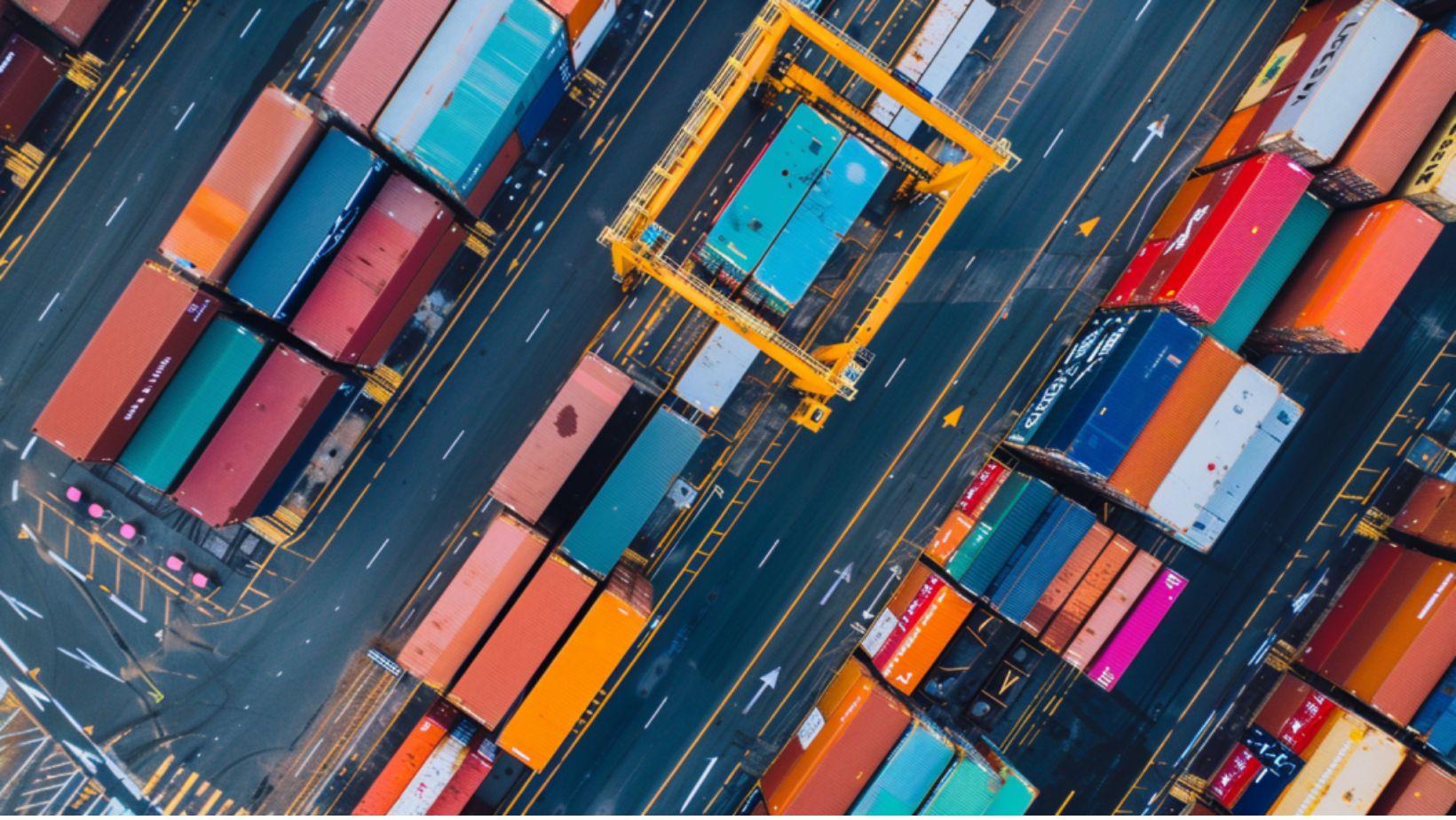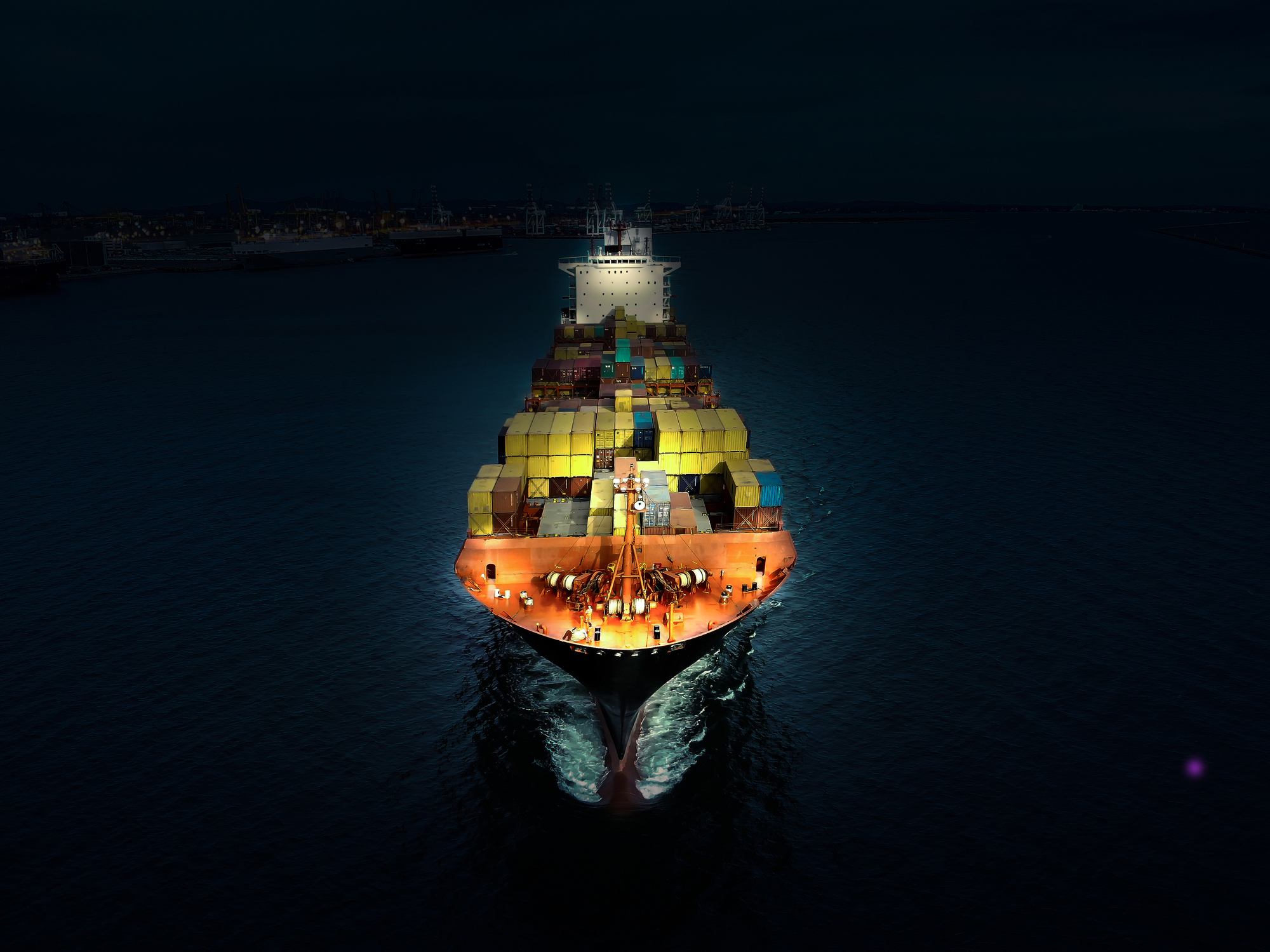In the beginning of 2020, container prices rose exponentially creating a bull market for these rates. They doubled, and then tripled. However, now that we’re facing the crack of the supply chain bullwhip coupled with an impending recession, experts say we’re at the beginning of the end of that bull market. And yet, carriers continue to blank sailings despite China’s reopening and volumes into the southern California ports of Los Angeles and Long Beach are equalling and exceeding records for both 2022 and the same month in the preceding year.
Freightos Baltic Index reported rates from the US to China dropped to less than half of what they were in 2021 and those rates are still falling.
Research from S&P Global Intelligence predicts, “However, we remain cautious towards the end of the year as we have observed several downside risks from the later part of the third quarter of 2022 compared with the same period in 2021. Specifically, we are tracking the mainland Chinese coal market very carefully since stronger domestic coal production in mainland China may eventually limit mainland Chinese coal import demand, which was one of the main drivers for the strength in the third quarter of 2021. Furthermore, we do not expect extremely high congestion again in the coming quarters as the result of the easing of COVID-19 restriction. Also, the softening of the container trade growth, along with high inflation, will be a major risk towards the end of the year when the third quarter peak season is over.”
Even though there’s a looming recession, some other analysts expect that trade will remain strong and supply chain congestion will remain a problem until at least 2023, keeping the demand for containers up, and supply low, which would cause rates to stay unnaturally high.
However, the Ocean Shipping Reform Act of 2022 signed into law on June 16, 2022 has language related to containers and makes moves to correct carriers from declining reasonable cargo in favor of foreign imports which will go a long way toward container availability.
The biggest key to the question of container prices rests with the economy. If the Fed can guide the economy to avoid a recession, consumers will continue their discretionary spending and building ecommerce, and container prices will again soar. If not, consumer pullback will keep those rates falling.
The general consensus by most experts is that container prices have peaked, but only time, and the economy will tell. We monitor the market for rate fluctuations across carriers and trade lanes and are focused on ensuring our clients’ cargo is competitively priced, ensuring our bookings are not rejected or rolled.







Follow Us